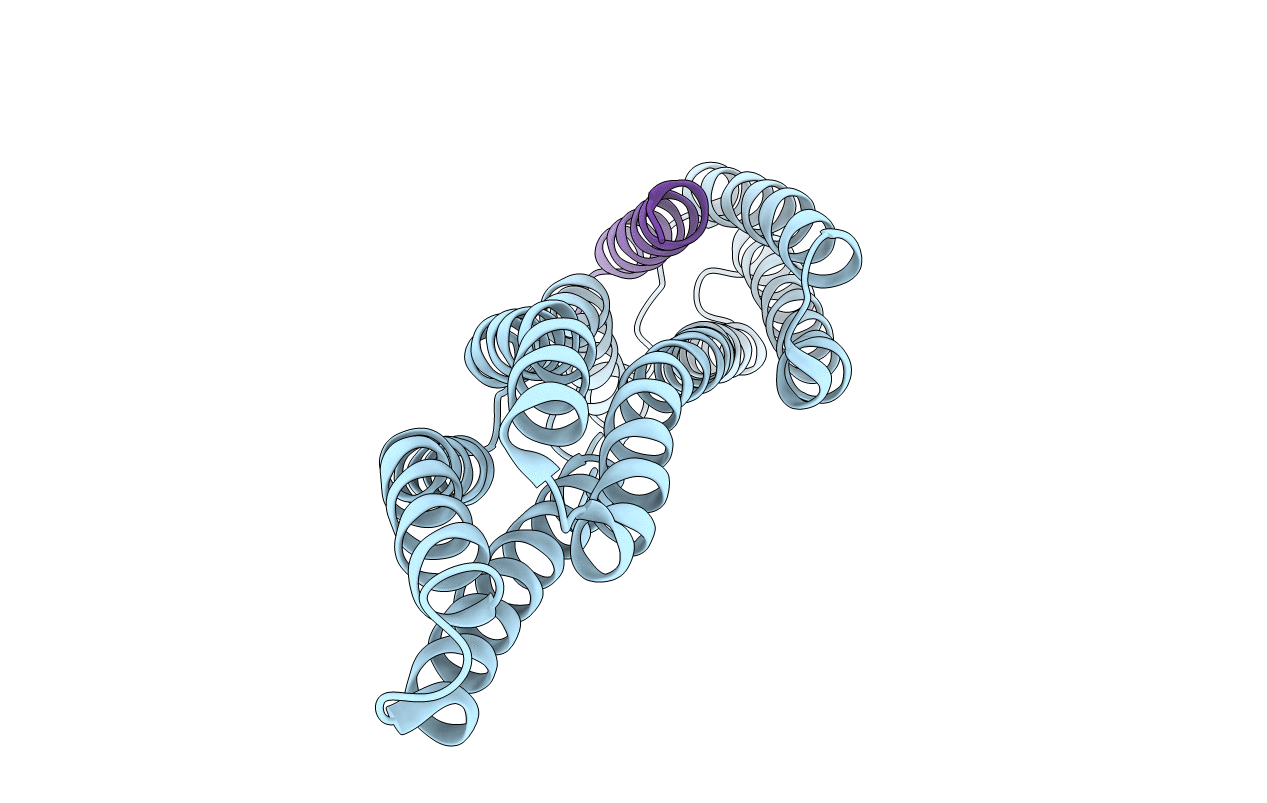
Deposition Date
2004-07-30
Release Date
2005-01-18
Last Version Date
2024-04-03
Entry Detail
PDB ID:
1U6H
Keywords:
Title:
Vinculin head (0-258) in complex with the talin vinculin binding site 2 (849-879)
Biological Source:
Source Organism:
Gallus gallus (Taxon ID: 9031)
Host Organism:
Method Details:
Experimental Method:
Resolution:
2.38 Å
R-Value Free:
0.32
R-Value Work:
0.24
R-Value Observed:
0.24
Space Group:
P 21 21 2


